How Iran’s Southern Villages Are Rethinking Labour Migration
For the first time, he called me “uncle.” I snapped. “I’m your father,” I said. My son didn’t know me—and he had every right not to. The last time I had seen him, he was just 6 months old.
In the dusty courtyards and sunbaked alleys of Iran’s southern villages, a familiar silhouette once defined the landscape: a woman at the doorway, waiting—sometimes for years—for news or a letter from her husband who had left to labour in the heat of Dubai, Sharjah, or Doha. For decades, this scene was etched into the social fabric of provinces like Hormozgan, Bushehr, and Sistan-Baluchestan. But today, that portrait is beginning to fade.
Labour migration from Iran to the Gulf has long been a rite of passage for men in these coastal and border regions. Yet over the last two decades, a significant decline has emerged—one shaped not just by geopolitical tensions between Iran and its Arab neighbours but also by tightening visa regimes, soaring costs of living, and stricter labour laws across the Gulf. What was once a relatively informal pipeline—sometimes navigated with little more than hope and a borrowed boat—has become a labyrinth of obstacles.
But beyond borders and bureaucracy, a quieter revolution is taking place within families themselves. The sons of those first-generation migrants are often opting to stay. Even if it means earning less, many now choose to start small businesses or seek government jobs in Iran rather than endure years of separation. And not everyone is happy about it. Women—daughters of mothers who once carried the full burden of the household—sometimes view their husbands’ reluctance to migrate as a lack of ambition.
In the past, women had few choices but to keep the home fires burning. Today, as Iran’s currency flounders and the Emirati dirham crosses the 20,000 toman mark—an exchange rate few could have imagined a decade ago—the temptation to seek higher earnings abroad has not disappeared. In fact, for many, it has become a necessity.
Yet in the absence of reliable national statistics, the scale and nature of this shift remain difficult to quantify. Field observations in southern villages suggest a growing reluctance among young men to follow in their fathers’ footsteps, and a pattern of older returnees investing remittances in local businesses. Iranian authorities often claim that improved domestic conditions have reduced labour migration, but the evidence tells a different story. Inflation remains rampant, inequality is deepening, and job opportunities are few.
In the past, women had no option but to assume domestic responsibilities. Now, women whose husbands show little interest in working abroad—as their fathers once did—often find themselves disappointed. With currency fluctuations and the dirham surpassing the 20,000 toman threshold, labour migration to the Gulf has re-emerged as an aspiration for many men and women along Iran’s borders.
While Iran’s government maintains that internal economic reforms have curbed outward migration, the soaring inflation and worsening inequality suggest otherwise. More importantly, in the absence of solid national data, the writer’s claims cannot be substantiated by official figures. However, field surveys across southern provinces show that many sons are no longer choosing the path of their fathers. Most men return to Iran in later stages of life, using the capital earned abroad to start small businesses.
Rather than blocking job-related migration, Iranian authorities should streamline it—creating safer, legal pathways and recognising it as an economic opportunity. If harnessed wisely, such remittances could boost national productivity and ease pressure on households.
Ultimately, if Iran’s leadership is serious about alleviating economic pressure on its southern border regions, it must embrace a more pragmatic, regionally integrated approach. Better diplomatic ties with Gulf neighbours could reopen pathways for legal labour migration, allowing a new generation to work abroad without the risks their fathers faced. Until then, the memory of migration will remain a fading photograph on the mantelpiece—tinged with nostalgia, but increasingly irrelevant to the lives of the young.






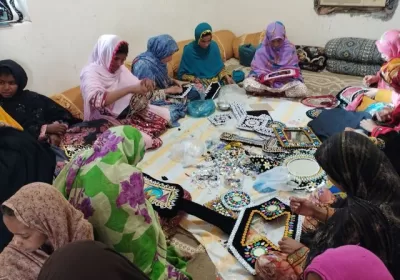
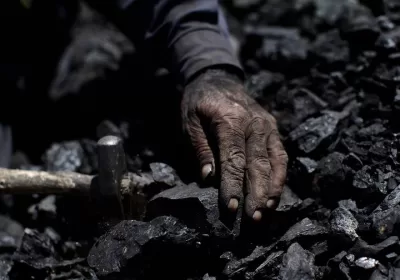








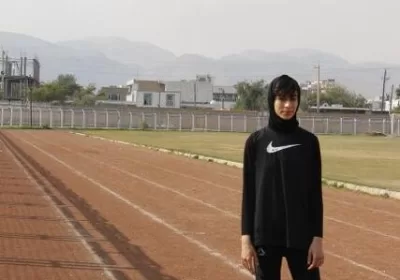









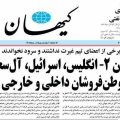
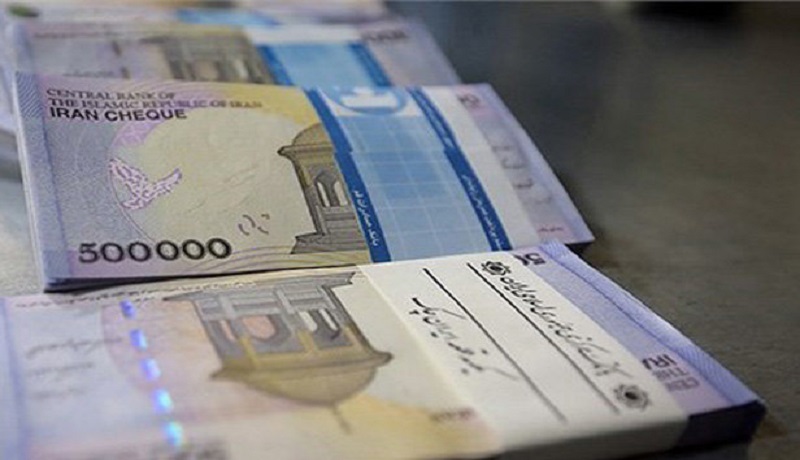


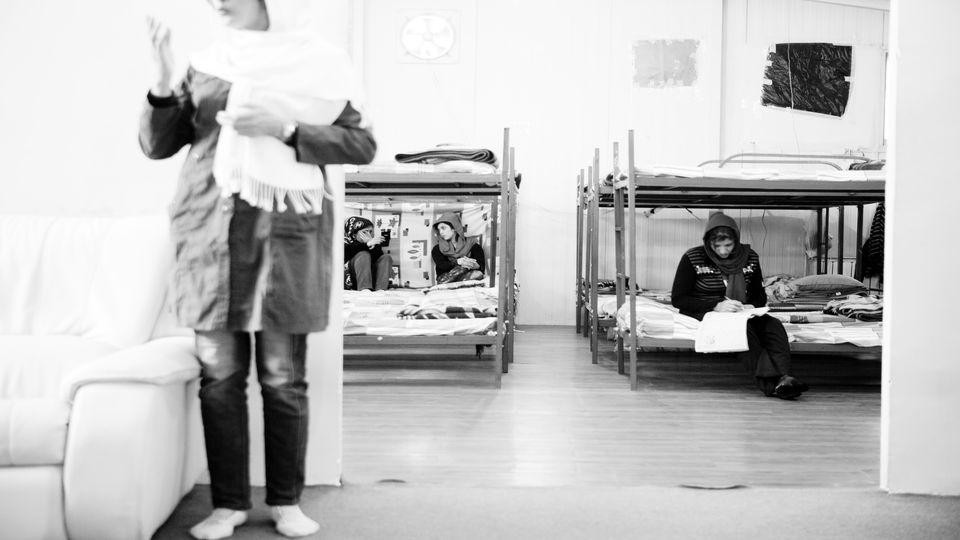



Leave a Reply